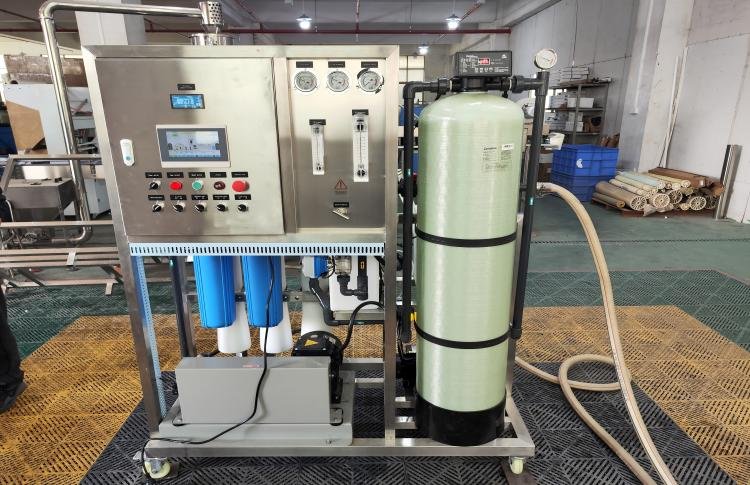A medida que se intensifica la crisis del agua global, Encontrar soluciones sostenibles para acceder al agua limpia se ha convertido en una prioridad. Una de esas solución es la desalinización del agua de mar, que convierte el agua de mar en agua potable. En esta guía, Exploraremos los beneficios de usar un sistema compacto de desalinización de agua de mar para uso doméstico, y cómo elegir el mejor para sus necesidades.
En Besta membrana, Nos especializamos en sistemas de desalinización de alta calidad. Nuestros productos están diseñados para satisfacer las necesidades de los hogares., proporcionando una fuente eficiente y confiable de agua dulce. Pero, ¿cómo puede seleccionar el sistema correcto?? Vamos a desglosar.
Por qué elegir un sistema compacto de desalinización del uso del hogar?
Un sistema de desalinización de uso doméstico compacto es ideal para áreas con acceso limitado de agua dulce. Si vives cerca de la costa, en una región seca, o simplemente quiere un suministro de agua de respaldo, Estos sistemas pueden ayudar a garantizar un suministro constante de agua potable.. Además, tales sistemas a menudo son más eficientes en energía y rentables que los más grandes, Plantas de desalinización a escala industrial.
Sin embargo, Al seleccionar el sistema correcto, Hay varios factores importantes a considerar. Vamos a sumergirnos en los detalles.
Factores clave a considerar al elegir un sistema de desalinización compacto
1. Capacidad y caudal
La capacidad de un sistema de desalinización de agua de mar determina cuánta agua dulce puede producir por día. Para uso en el hogar, Querrá un sistema que pueda satisfacer sus necesidades diarias de consumo de agua.. El caudal, medido en litros por hora (LPH), es crucial al determinar cuánta agua se puede producir en un momento dado.
Por ejemplo, Una familia de cuatro puede requerir entre 100-200 litros por día, Dependiendo de sus hábitos de uso de agua. Un sistema con un caudal de alrededor 10-20 LPH podría ser suficiente para las necesidades diarias.
| Modelo de sistema | Caudal (LPH) | Producción diaria de agua (L) | Tamaño ideal del hogar |
|---|---|---|---|
| Mejor 500 Sistema RO | 15 LPH | 360 L | 3-4 persona |
| Mejor 1000 Sistema RO | 25 LPH | 600 L | 5-6 persona |
| Mejor 2000 Sistema RO | 40 LPH | 960 L | 7-8 persona |
2. Eficiencia energética
El consumo de energía es un factor crucial al elegir un sistema de desalinización de agua de mar. Dado que la desalinización generalmente requiere una cantidad significativa de energía, Busque sistemas diseñados para ser de eficiencia energética. Muchos sistemas modernos usan ósmosis inversa (RO), que es un método de desalinización altamente eficiente que minimiza el uso de energía mientras mantiene una excelente filtración.
En Besta membrana, Nuestros sistemas están diseñados para optimizar el uso de energía sin sacrificar el rendimiento. Nuestros sistemas RO utilizan dispositivos de recuperación de energía, que ayudan a reducir el consumo de energía hasta 30% en comparación con los modelos tradicionales.
3. Tamaño e instalación del sistema
Las limitaciones de espacio son una consideración importante al elegir un sistema de desalinización del hogar. Las unidades compactas suelen ser más fáciles de instalar y mantener en comparación con los sistemas más grandes, haciéndolos más adecuados para uso residencial. Considere el espacio disponible en su hogar para su instalación, especialmente si necesita que el sistema se coloque en una cocina, sala de servicios, o garaje.
Además, La instalación debe ser sencilla. Los sistemas con características plug-and-play o instrucciones fáciles de seguir a menudo son preferibles para las configuraciones de bricolaje. Si no estás seguro, Siempre puede optar por la instalación profesional.
4. Requisitos de mantenimiento
Todos los sistemas de desalinización requieren un mantenimiento regular para funcionar de manera óptima. Para sistemas de uso doméstico, Busque unidades que sean fáciles de mantener y requiera experiencia técnica mínima. Reemplazo de filtros, membranas de limpieza, y verificar los indicadores de presión debe ser tareas que puedas manejar tú mismo, o al menos con asistencia mínima.
En Besta membrana, Ofrecemos sistemas fáciles de usar con instrucciones de mantenimiento claras y un sistema de filtro fácil de reemplazar. La mayoría de nuestros sistemas vienen con membranas preinstaladas, lo que significa menos molestia para ti.
Cómo funciona la ósmosis inversa en el sistema de desalinización del agua de mar
La ósmosis inversa es la tecnología más utilizada en la desalinización del agua de mar. Funciona forzando el agua de mar a través de una membrana semipermeable que filtra sales e impurezas, Dejando agua limpia en el otro lado. Este proceso requiere alta presión, y la calidad de la membrana es crucial para lograr una alta eficiencia.
Nuestros sistemas en Besta membrana característica Membranas RO de alta calidad que están diseñados para proporcionar un rendimiento confiable durante años. Con mantenimiento adecuado, Estos sistemas pueden durar más 10 años.
Ventajas de la ósmosis inversa:
-
Alta calidad del agua: Los sistemas RO eliminan efectivamente 99% de sales e impurezas disueltas.
-
Eficiencia energética: Como se mencionó anteriormente, Los sistemas RO modernos son más eficientes en la energía que otros métodos de desalinización.
-
Diseño compacto: Los sistemas RO se pueden escalar para que se ajusten a espacios pequeños y sigan ofreciendo un gran rendimiento.
Conclusión: Elegir el sistema de desalinización compacto correcto
Al seleccionar un sistema de desalinización de agua de mar de uso doméstico, Hay varios factores clave a considerar. Desde la capacidad hasta la eficiencia energética y la facilidad de mantenimiento, Cada componente juega un papel para garantizar que obtenga el mejor valor para su inversión.
En Besta membrana, Ofrecemos una gama de sistemas de desalinización de agua de mar compactos diseñados para satisfacer las diferentes necesidades de los hogares.. Nuestros sistemas no solo son confiables y eficientes en energía, sino que también vienen con una excelente atención al cliente para ayudarlo a aprovechar al máximo su compra..
Para más detalles sobre nuestros productos, Visite nuestro sitio web: www.bestamembrane.com.

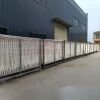 Membrana MBR
Membrana MBR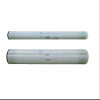 Membrana de ósmosis inversa
Membrana de ósmosis inversa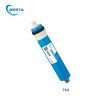 Membrana RO residencial
Membrana RO residencial Membrana UF
Membrana UF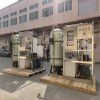 Planta de tratamiento de agua
Planta de tratamiento de agua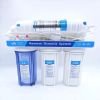 Máquina residencial RO
Máquina residencial RO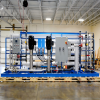 Sistema RO salobre
Sistema RO salobre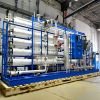 Sistema de agua de mar/planta SW ro
Sistema de agua de mar/planta SW ro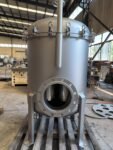 Filtro de bolsa
Filtro de bolsa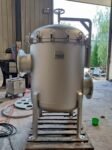 Filtro de cartucho
Filtro de cartucho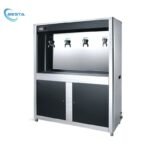 Sistema de filtración de agua comercial
Sistema de filtración de agua comercial Sistema de limpieza de membrana(Titubear)
Sistema de limpieza de membrana(Titubear)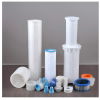 Accesorios de consumo
Accesorios de consumo